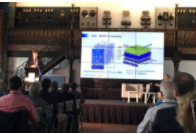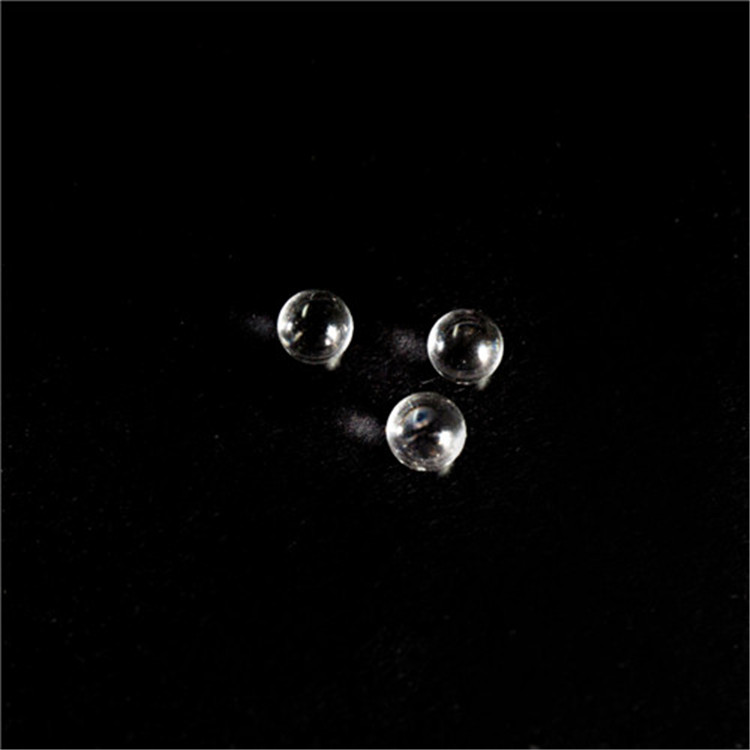When it comes to Internet of Things (IoT) applications, the most eye-catching is the variety of smart home products. However, in the daily life, the Internet of Things technology has gradually penetrated into a wider range of fields, especially the application of the Industrial Internet of Things (IIoT). The 2018 forecast report released by research firm Forrester at the end of 2017 pointed out that the Internet of Things has moved from experimentation to commercial scale.
According to reports, IIoT or General Electric (GE) refers to the Industrial Internet, which refers to a variety of devices connected through communication technology, combined with machines, advanced analysis technology and real-life employees, this system can monitor By collecting, exchanging, and analyzing data, companies using IIoT are expected to make faster, better decisions.

GE's research report also pointed out that IIoT is changing factories. For example, the preventive analysis system can detect corrosion in refinery pipes, provide real-time production data, know whether there is more production capacity in the plant, or improve system transparency and monitoring. Industrial control systems to protect against possible cyber attacks.
Another example is that the machine tells the operator how to increase productivity to the highest level, or pre-detect before the error occurs, saving the company billions of dollars each year.
Due to the large number of companies and industries that are expected to benefit from IoT, it is clearly not possible to apply the application in one application. The Forrester report points out that a wide variety of IoT cases rely on software and API bridges to support enterprise processes and applications. Therefore, software engineers and developers need tools that can develop and manage APIs.
There are many software platforms and developer tools available on the market, such as Microsoft's Azure IoT, Oracle's Cloud for IoT, IBM's Watson IoT Platform, and SAP2's Cloud Platform for IoT.
In addition, engineers and developers can also find many resources on the Industrial Internet Consorium (IIC) website jointly established by SAP, GE, IBM and other companies in 2014, such as "Industrial Internet in" on the website. The AcTIon (Practice Industry Network) page provides a wide range of applications covering medical, security, communications, energy, transportation and logistics, and manufacturing.
The test report results of the IIC released in the second half of 2017 are also worthy of reference. From IIC Testbeds you can see the feedback of a concept after actual execution, and these experiences can go back and stimulate innovation.
In addition, IIC updated the v1.8 version in 2017 after the first release of the Industrial Internet Reference Architecture (IIRA) in 2015, providing standard architecture templates and methods for IIoT system engineers to design based on this commercial architecture. In-house system. The IIC also said that more resources will be released in 2018.
Spherical lens is also called glass bead. It is a solid or hollow glass bead with a diameter of several microns to tens of microns. Its application fields involve various departments such as chemical industry, military industry, aerospace, transportation, petroleum, light industry, medical treatment and so on. It has the characteristics of good surface finish, good light reflection, directional reflection, high impact strength, chemical stability, light bulk weight and so on.

Ball Lens,Half Ball Lens,Ball Glass Lens,Ball Cover Dome Lens
Hanzhong Hengpu Photoelectric Technology Co.,Ltd , https://www.hplenses.com